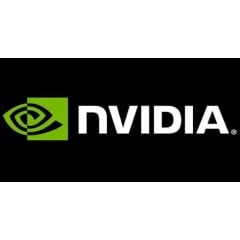
NVIDIA (NASDAQ:NVDA) Given “Buy” Rating at Benchmark
- 20.03.2025 09:30
- etfdailynews.com
- Keywords: NVIDIA
NVIDIA received a "Buy" rating from Benchmark with a $190 price target, supported by upgrades from other analysts. The stock rose 1.8%, driven by institutional buying and positive earnings. NVIDIA continues to expand in graphics solutions and emerging tech like the metaverse through its Omniverse platform.